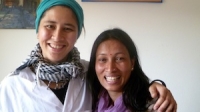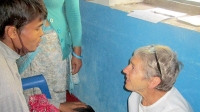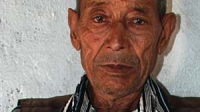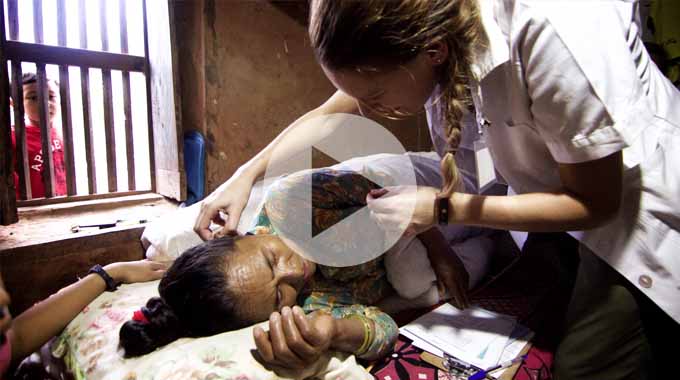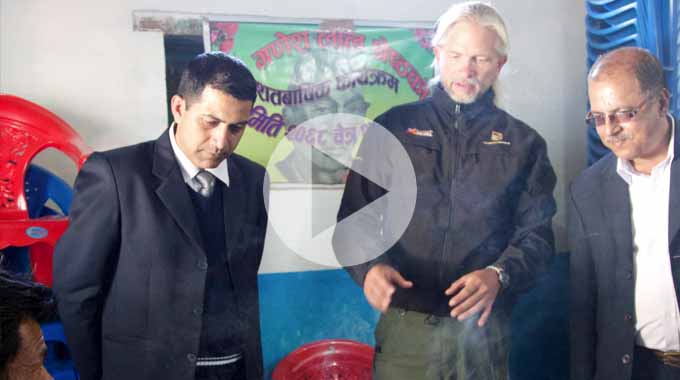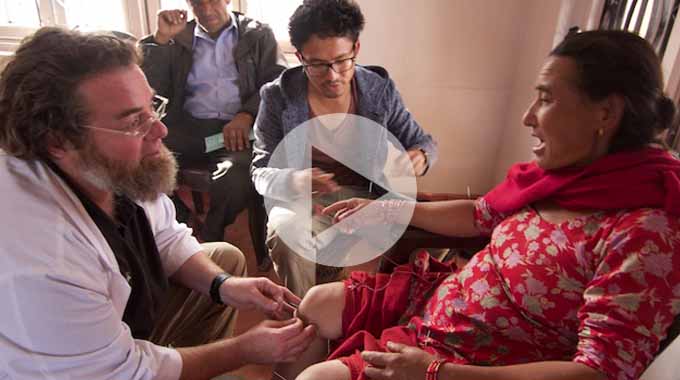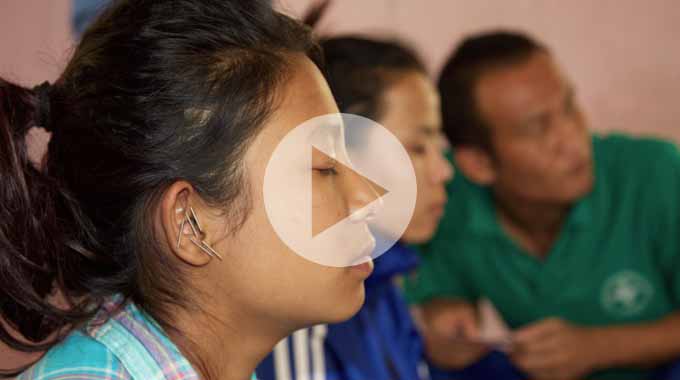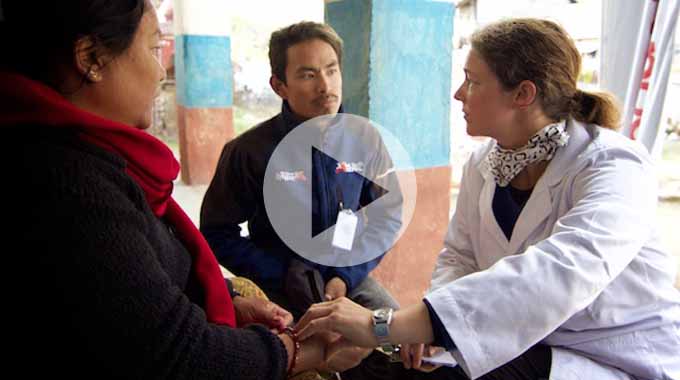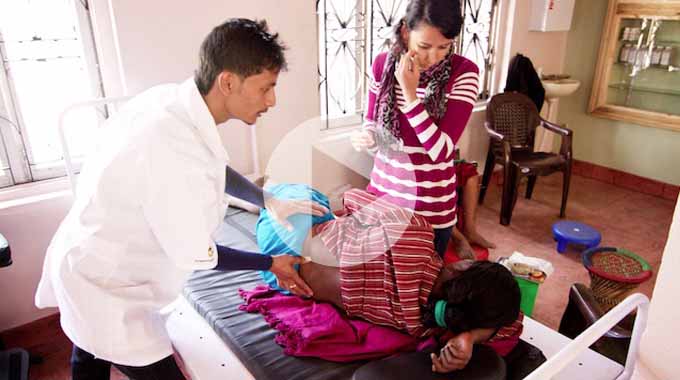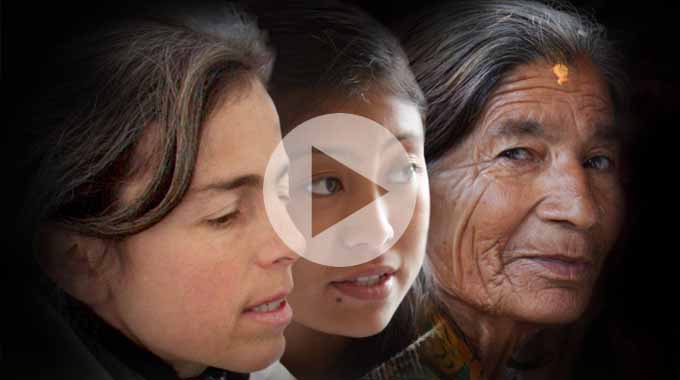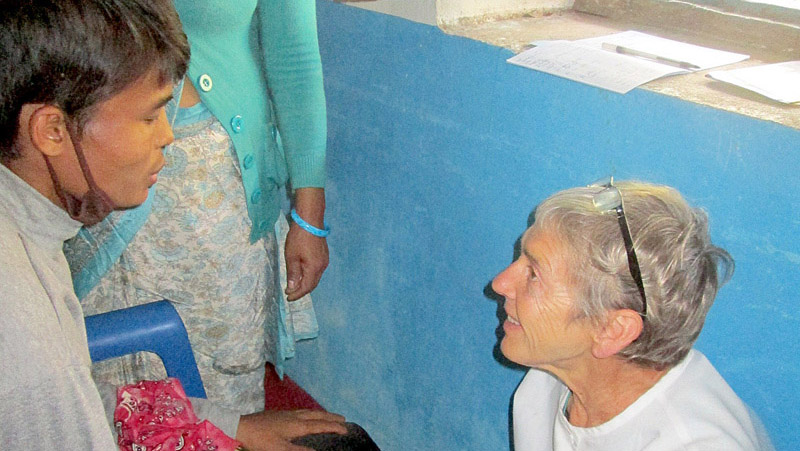Marian Klaes LAc
November 2014
OVERVIEW
20-year-old male patient presents with decreased mental capacity, which his mother states has been present since birth. He lacks verbal communication skills and his mother states he is prone to angry outbursts. Within 5 acupuncture treatments, he is less agitated, his violent outbursts have decreased, and he is helping around the house, which he has not previously been doing.
Subjective
20-year-old male patient presents with obvious communication problems, and decreased ability to understand and follow verbal communication. His mother answers questions for him. She states he has been this way since birth, and then points to his chest and states “it was not properly formed.” He is prone to angry outbursts, and his mother advises caution when touching him. She does not think he will allow any needles to be inserted. Due to his tendency to physically strike people in an angry reaction, his mother is concerned about his being touched too much during the treatment. The outbursts are random. He is capable of taking himself to the bathroom, has a daily bowel movement, and occasionally has undigested food in the stool. His urine is clear to yellow, depending on how much water he consumes. His appetite is poor. He has been taken to other doctors who have prescribed medication, but the mother reports difficulty in getting him to comply. When he has taken it, the medication does not seem to help, so has been discontinued.
Objective
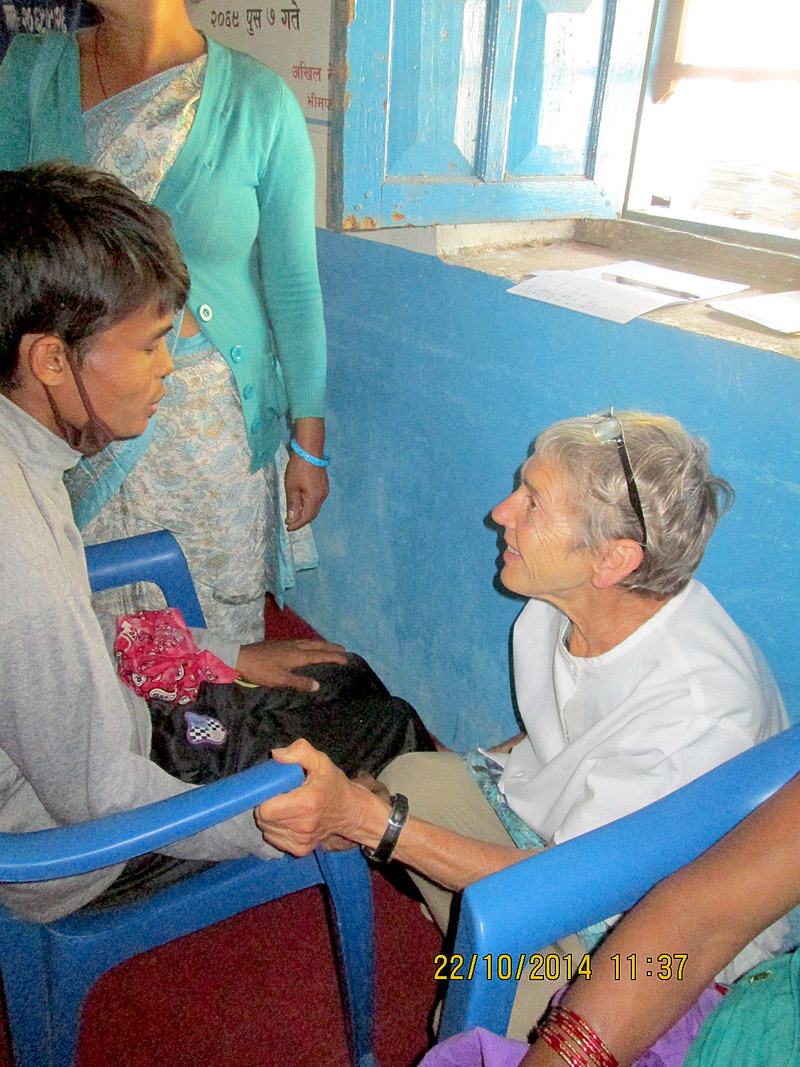
His mother accompanies him on each visit to answer questions, and to provide assistance with bus travel. They travel 1.5 hours each way to get to the clinic, so regular treatments are somewhat of a challenge.
He is frail in appearance. Blood pressure is not taken as he does not want the compression on the arm. His mother points to his chest, makes motions with her hand and tries to describe the appearance of the chest. The shirt is not removed, however from the description it is possible he may have pectus ecavatum, which is the most common congenital deformity of the anterior chest wall. Several ribs and the sternum grow abnormally, producing a caved-in or sunken appearance of the chest, which is consistent with how she is describing him. Gentle palpation of the chest and sternum do not confirm a deformity.
Assessment
DX: Autism spectrum disorder (ASD)
Autism is characterized by lack of eye-to-eye contact, impairment of facial expression, delay in or total lack of speech, repetitive mannerisms, and lack of social development with aggression, irritability, hyperactivity, volatile emotions, temper tantrums, short attention span and obsessive-compulsive behavior.
TCM DX: Kidney essence deficiency, Spleen qi deficiency with fire harassing the heart
In Asia, autism is typically classified as a delayment disorder. In Traditional Chinese Medicine, it is known as one of the 5 delays, which are observed in the areas of standing, walking, hair growth, teeth eruption and speech. This type of brain disorder is viewed in TCM as an energetic dysfunction, an imbalance of yin/yang, and an imbalance of mind and body functions.
Reason and awareness, which are strongly affected by autism, are primarily ruled by the Heart, Spleen and Kidney. The Heart holds the mind or spirit and rules the mental functions including the emotional state. The Spleen is linked to the mind’s ability to study, memorize and concentrate. Kidney qi controls long-term memory. Autism treatment includes eliminating the phlegm as phlegm misting the mind leads to dull wit, incoherent speech, mental confusion, lethargy and decreased attention span. The condition of phlegm fire harassing the Heart presents as disturbed sleep, talking to oneself, uncontrolled laughing or crying, short temper and tending towards aggression.
PROGNOSIS: It is not anticipated the patient will recover and be fully functioning. The purpose of treatment is to calm the patient, reduce agitation, reduce the number and intensity of angry outbursts, improve sleep and hopefully improve cooperation.
Plan
It is recommended he be treated 2 times per week for 5 weeks before reevaluating. The focus of treatment is to tonify the Heart blood, qi and yin, clear Heart heat and tonify Spleen qi and Kidney essence.
Scalp acupuncture is initially utilized, as autistic patients often have a difficult time following directions and being cooperative, so body acupuncture is not always an ideal method. Scalp acupuncture is effective because so many key nerve points can be found on the scalp, and it is less painful and less visible, making it easier to avoid panic. With scalp acupuncture, patients do not need to lie down and stay motionless. This is ideal for autistic patients.
Typical Treatment: Start with scalp points. As patient becomes calmer, add press needles and ear seeds to protocol. Scalp work is performed with the central line, verbal communication, frontal lines and GV 16.
Alternate Treatment: Press needles added at PC6, HT7, HT3 and ST40. Ear seeds are placed on the Heart, Point Zero and Shen Men. Mild massage is added to the Shaoyang channels of the arms and legs.
Outcome
Following the initial treatment, the patient’s mother noted he seemed calmer, and appeared to be sleeping better. By the third treatment, it was noted he was much calmer in the treatment room, and did not seem disturbed when his arms and legs were touched. After one point, he actually laid down on the floor in a very calm and relaxed state.
Each treatment seemed to be making a difference. By the fifth treatment, he was helping to sweep the floor, feed the chickens and cut the grass, which he had previously not been doing. “Cutting grass” in Nepal means using a hand scythe, manually cutting the grass in small areas at a time while on your hands and knees. Due to the distance and difficulty of travel, after 2 weeks of care, visits were reduced to once a week.
By the fifth treatment, the patient appeared to be doing much better. His mother stated he was much calmer. She also said he had been speaking a few words, which he used to do but had stopped trying. From a practitioner standpoint, relative to the initial visit and after 3 weeks of care, he was much less agitated, more cooperative, and agreed to stick out part of his tongue for the first time in clinic for tongue diagnosis.
Conclusion
The patient experienced a notable reduction in agitation and was calmer with each session. This was noticed by the practitioners and interpreters as well.
It is recommended he continue with 1 treatment per week for 4-6 weeks before transitioning to 1 treatment every 2-3 weeks. If improvement continues, moxa and possibly body needles could be added to the treatment strategy. Although a full recovery is not expected, it is anticipated that with continued care he will have a significant reduction in behavioral problems, be more helpful with home duties, and possibly learn to speak a few words. It is very apparent that acupuncture treatments are having a positive influence on this patient, which is helpful to both him and his mother.

